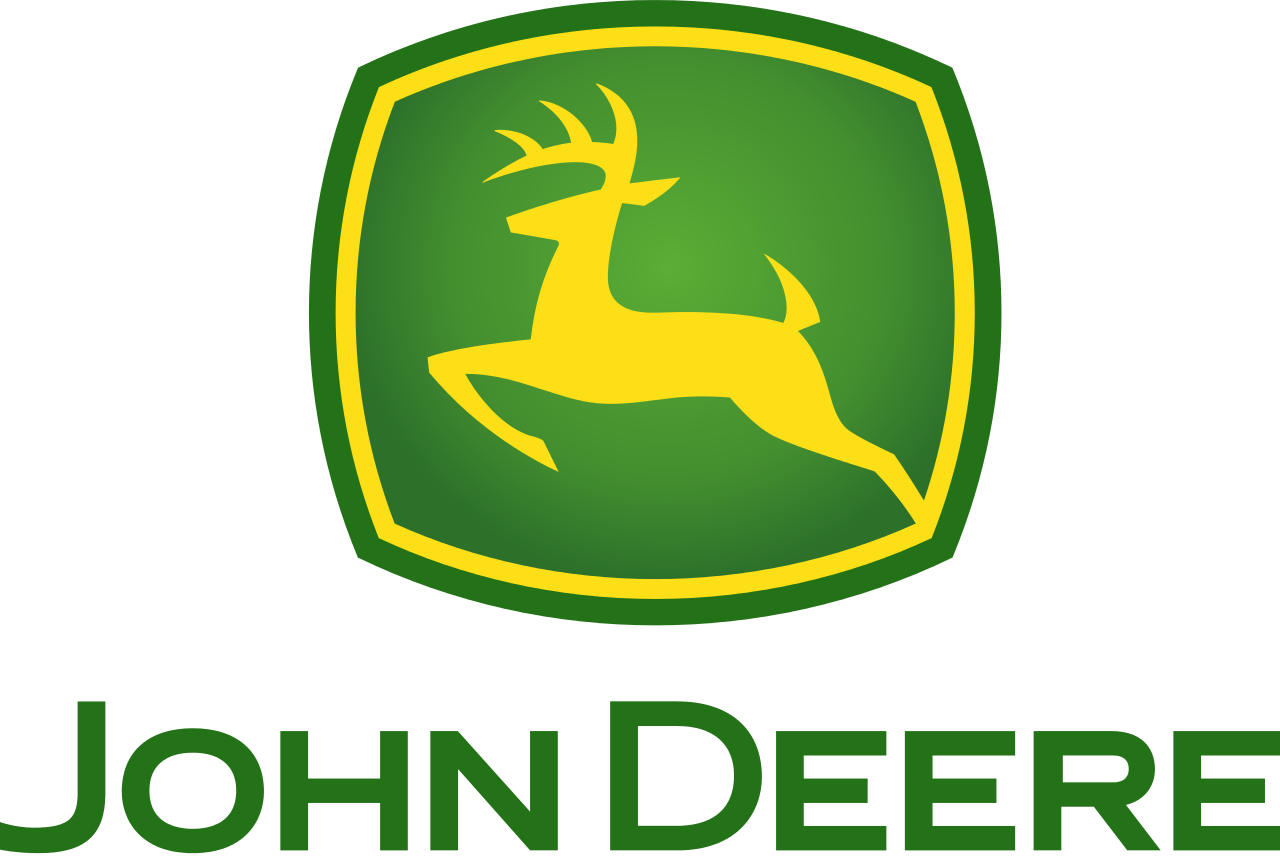Once considered the domain of unicorns and startups, platform thinking has evolved and been adopted by established brands in a wide array of industries with great success. The potential of tapping into a new source of value creation has led to a lot of interest and some reservations regarding the investment and mindset shift required. Thus, we are frequently asked, “Is platform thinking right for me and my company?”
How can established companies harness platform thinking and innovation to compete in a world of ever-rising customer expectations and respond to today’s tough competitive challenges? We share three stories illustrating how three different companies have harnessed the power of platforms to respond to three market dynamics that make platform thinking particularly relevant — rising customer expectations, competitive attacks and pricing pressures, and market pressures from intermediaries. We share three stories illustrating how three different companies have harnessed the power of platforms to respond to three market dynamics that make platform thinking particularly relevant: rising customer expectations, competitive attacks and pricing pressures, and market pressures from intermediaries.
Defining Platform Thinking and Innovation
Platforms create value through a process different from what most companies are used to. They build advantage through demand-side economies of scale, or network effects, which occur when a product or service becomes more valuable to its users as more people use it. This business model is very different from traditional sources of competitive advantage built on supply-side economies of scale. They optimize the means of production of a product or service.
In platforms, value is created by means of interaction rather than means of production. The more consumers connect, the more interactions they have, the more value is created. This business model is particularly attractive, as it means that platforms scale exponentially while value traditionally scales in a linear fashion. Let’s explore how Chinese consumer electronics giant Haier, North American farming equipment manufacturer John Deere, and Norwegian media group Schibsted applied platform thinking to their advantage.
In today’s business landscape, businesses must focus on agility and innovation to meet evolving consumer demands. Platform thinking accelerates business growth by sharing tools, people, and data, allowing companies to experiment, disrupt, and develop innovative business models to meet current demands.
Cultivate Long-Term Business Resilience With Platform Solutions
Consumers expect more in today’s fast-paced landscape. They’re accustomed to superior customer service, quick responses, and quality offerings. Their demands change fast, and business agility is critical to maintaining a competitive edge. Platform thinking fosters customer-centric value creation, identifying convergence points and placing your business at the center of the market, poised to meet consumer needs.
Some of the many benefits of platform thinking include:
- Three-dimensional markets: Create new markets instead of finding space in existing ones by connecting people and meeting demands. Offer unique experiences that facilitate engagement and coordination, building loyalty and empowering consumers to participate on their terms.
- Customer-centric experiences: Platform thinking creates marketplace ecosystems. You can meet customer needs within these ecosystems through consistent dialogues and real-time feedback. With a platform as your business backbone, you gatekeep within your ecosystem and broaden your impact.
- Diverse revenue streams: Platform thinking facilitates innovation and experimentation, providing access to technologies, marketing, knowledge channels, and distribution. Reduce reliance on a single revenue stream and enter the market with fewer resources to remain agile in the face of change.
The Role of Platform Thinking in Sustaining Business Innovation

Business success today means creating value and connecting people. Platform business models foster innovation and value creation without manufacturing products, providing services, or creating content. Instead, customers add value and expand their network, choosing what they want and being outspoken about change. Diverse stakeholders collaborate and build upon existing value in a decentralized way, creating a dynamic ecosystem that changes with the consumer.
Challenge traditional mindsets and facilitate innovation with fluid platforms beyond resistance to change. Instead, platform thinking allows your business model to embrace change. Reinvigorate your business alongside consumers and stay relevant in a rapidly changing world.
See Platform Thinking in Action: Characteristics of a Successful Platform Business
Platform thinking has moved beyond theoretical. For some businesses, the shift to a digital infrastructure to build high-value services was mandatory to stay relevant. Let’s explore how Chinese consumer electronics giant Haier, North American farming equipment manufacturer John Deere, and Norwegian media group Schibsted applied platform thinking to their advantage.
Platforms as a Way to Respond to Rising Customer Expectations

After riding the wave of the real estate and appliance boom in China and elsewhere, Haier has become the world’s largest high-quality consumer electronics and appliance manufacturer. However, the digital era is changing customer expectations. Quality is no longer enough, and consumers demand extreme responsiveness to their needs, high personalization, and mass individualization.
Addressing these challenges would be challenging for any company that relies on standardization, highly automated factories, efficient R&D, manufacturing, and supply chain operations. Haier was no exception. Its traditional advantage of relying on supply-side economies of scale and scope by producing standardized, high-quality products at a reasonable cost turned out to be a liability in the face of evolving customer expectations.
And so, Haier had to reinvent the company and adopt platform principles to accompany its transformation from a hierarchical organization of 60,000 employees to 2,000 self-operating business units.
One good example is Haier’s Open Partnership Ecosystem (HOPE), which connects consumers and their needs to innovative solutions and links resources from Haier with technology partners. The reported numbers are staggering — over one million customers engage daily with the platform, including 30 outside companies and third-party providers such as R&D companies, and 370,000 innovators who participate regularly. HOPE has led to such novel ideas as a mini-fridge for students, freezers with a slightly warmer compartment for keeping ice cream soft or two-tier drawers for people too lazy to dig to the bottom to get the product out, or new products that keep spinach fresh for seven days.
CosmoPlat, which enables large-scale customization of products by facilitating interaction and feedback throughout the production process between customers, factories, products, supply chain, R&D, and marketing functions, as well as external ecosystems of partners and suppliers, is another great example of how platform thinking can help companies respond to changes in marketplace expectations.
The result is a much more intimate and closer connection with consumers. They’ve even called it “zero distance.” Platform thinking has affected every aspect of Haier’s global operations. Most importantly, it has become a powerful basis for creating new consumer value through mass customization and personalization.
Platforms as a Way to Deal With Competitive Attacks and Pricing Pressures

John Deere is the worldwide leader in agricultural equipment, and its tractors command a price premium. Global competition is intense, especially in markets where higher quality and higher price points are a significant disadvantage, such as in Latin America, where there is a greater use of smaller, lower horsepower equipment.
When other companies face this pricing pressure, a typical response is to provide a lower-priced version of the flagship product. Kodak introduced a lower-priced Kodak Funtime film roll to compete with aggressive price competition from Fuji. IBM introduced Ambra, a clone personal computer, to compete against emerging competitors such as Compaq.
However, John Deere chose to invest in its products, technologies, and customers instead. Tractors were equipped with sensors and state-of-the-art autonomous driving technology that improved the efficiencies of the farm equipment. The real-time monitoring of data collected from farmers enabled precision agriculture that optimized the yields per unit of farming land.
But beyond enabling its products with new technologies, John Deere also built an entirely new relationship with its customers and the larger business ecosystem in which it competes by adopting new platform principles that enabled even more productivity for farmers than its machines alone could realize.
The MyJohnDeere.com portal allows farmers to make better decisions about how to get the best results from their land by combining the data from their tractors with weather and other data reports. For example, they can now analyze average yield, total yield, average moisture, seeding variety and rates, and more agronomic data in real time.
The portal has further evolved into the John Deere Open Data Platform, which lets farmers share data with other farmers and third-party application developers. The SeedStar Mobile app, for example, captures row-by-row planting data, which can help optimize planter settings, diagnose potential problems, and scout fields.
The potential of these applications rises when farmers share their data with more than other farmers but with the entire agriculture ecosystem, from the various suppliers and manufacturers to even adjacent experts such as academics worldwide. When everyone focuses on the goal of improving the yield of agriculture, everyone profits. And John Deere wins by strengthening its customer relationship and retaining its competitive position worldwide.
Platforms as a Way to Preempt Being Squeezed Out by Intermediaries

The Norwegian publisher Schibsted is a major player in 13 European markets, with a presence in Indonesia, Thailand, Mexico, the Dominican Republic, Colombia, Chile, Brazil, Morocco, and Tunisia. Today, Schibsted also owns a few of the biggest European online classifieds sites like Le Bon Coin, Finn.no, and Blocket as well as a range of other online classifieds sites, most if not all of which are immensely profitable. The story of how the company became a major leader in classifieds is a case study of how platform thinking can help companies resist intermediation.
When Norwegian newspapers faced the risk of seeing their major revenue streams of classified advertising eliminated through digitalization in the late 90s, Schibsted decided to create a collaboration of the five main Norwegian newspapers, each one of which had unique strengths and little geographic overlap. A few business model tweaks later, the common classifieds section was relaunched under a separate new brand, Finn, with national ambitions. By offering scale and visibility across Norway, the Finn brand became quickly known for trustworthiness and credibility, something emerging digital classified competitors did not have.
Within 18 months, Finn took the No. 1 position in real estate — and then in cars and later in jobs. Within seven years, it took 90% of the national market in all major product categories of online classifieds. The success in Norway led to international expansion and a global leadership position in classifieds worldwide.
The major reason behind the success of Schibsted is that it quickly acknowledged the difference between the news business and the classifieds business. One enables network effects, the other does not. They could not be managed in the same way.
It also recognized that separating out the classified business would be necessary. Setting up a separate entity to go after an undesirable and low-margin market from the perspective of its newspaper business allowed a focused team to grow using a different model. It even encouraged them to cannibalize the older, higher-margin parent company brands.
Embrace Platform Strategy: Transitioning to a Platform Model
So how should companies use platform thinking to navigate the challenges of rising customer expectations and current or anticipated changes in the competitive context?
Senior executives should begin by asking themselves these questions:
- How can we take advantage of our existing assets and capabilities and develop competitive advantage through network effects?
- How can we enable deeper relationships with customers, consumers, and other stakeholders in our ecosystem so hat we can create more value for them?
- Which elements of a platform can we integrate into our products, services or business units to enable competitive advantage through network effects?
- Which elements of a platform business do we need to build ourselves, which do we need to acquire, and which should we provide through partnerships?
- What new capabilities do we need to collaborate and compete effectively in a platform world? How many of these capabilities do we have in-house, and how many of these capabilities do we need to attract?
- What new business models should we deploy to capture the value and profit opportunities from platforms?
Create an Ecosystem of Value With Vivaldi Group
Platform thinking leverages the power of collaboration, streamlining your operations and giving you the freedom to innovate, uninhibited by the cost. Harness the power of digital ecosystems, reimagine your value, and foster an agile, future-focused organizational culture. With an agile and resilient digital ecosystem, you can go beyond facing the future, and create your own.
Reimagine your business opportunities with Vivaldi, positioning your platform as a catalyst for growth. We can help you navigate the digital landscape, maximize your impact, and pioneer transformation in an agile digital landscape. Speak to one of our experts and harness the power of connectivity today.

